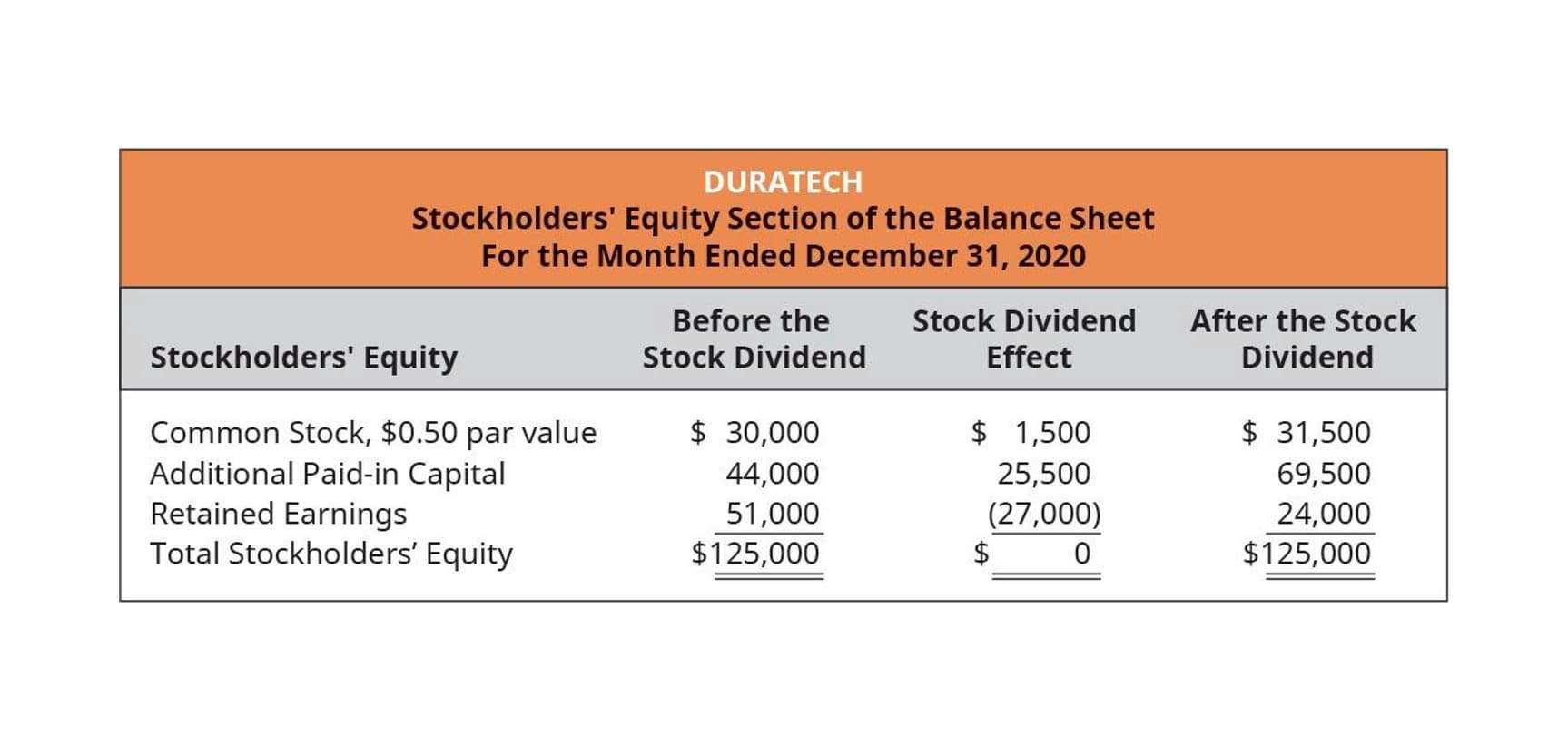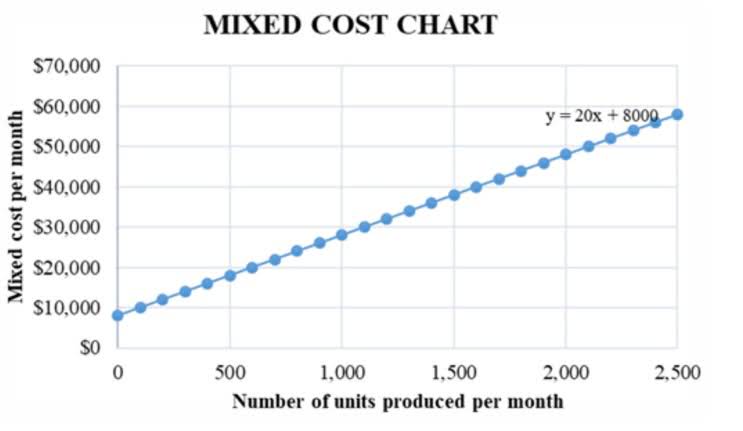
The FIFO (First In, First Out) method is a common inventory accounting technique for assigning costs to goods sold and goods still available for sale. However, there are other methods that can be used as well, such as LIFO (Last In, First Out) and weighted average. Comparing FIFO to these alternatives highlights key differences in how they impact financial statements. By providing lower COGS and higher ending inventory valuations, FIFO can increase apparent profitability, especially in times of rising prices. The higher inventory value also lowers the cost of goods sold as a percentage of sales, increasing the gross profit margin. The FIFO (First In, First Out) inventory method can significantly influence key components of a company’s financial statements, especially the income statement and balance sheet.

FIFO: Periodic Vs. Perpetual
- Notice that Susan lists the 130 units remaining in her inventory as costing $4 apiece.
- But when it was time to replenish inventory, her supplier had already increased their prices.
- Thus, the balance sheet would now show the inventory valued at $5250.
- On the other hand, Periodic inventory systems are used to reverse engineer the value of ending inventory.
- Businesses would select any method based on the nature of the business, the industry in which the business is operating, and market conditions.
- By providing lower COGS and higher ending inventory valuations, FIFO can increase apparent profitability, especially in times of rising prices.
Additionally, any inventory left over at the end of the financial year does not affect cost of goods sold (COGS). As a result, ABC Co’s inventory may be significantly overstated from its market value if LIFO method is used. It is for https://x.com/BooksTimeInc this reason that the adoption of LIFO Method is not allowed under IAS 2 Inventories. Statements are more transparent and it’s more difficult to manipulate FIFO-based accounts to embellish the company’s financials. FIFO is required under the International Financial Reporting Standards and it’s also standard in many other jurisdictions. Let’s say on January 1st of the new year, Lee wants to calculate the cost of goods sold in the previous year.
Understanding Just in Case Inventory: A Comprehensive Guide for Ecommerce Businesses
They have a limited inventory, and each car has different features and specifications that affect its cost and price. In that case, it’s easier to trace the cost and revenue of each particular unit. Let’s try LIFO for the same candle company that sold 110 units for $20 each. We will use the cost of the most recent batch first, which means that 50 of the candles cost $7 each. It’s recommended that you use one of these accounting software options to manage your inventory and make sure you’re correctly accounting for the cost of your inventory when it is sold. This will provide a more accurate analysis of how much money you’re really making with each product sold out of your inventory.
Comparative Analysis: FIFO vs. LIFO and Weighted Average
- We’ll calculate the cost of goods sold balance and ending inventory, starting with the FIFO method.
- Again, these are short-term differences that are eliminated when all of the shirts are sold.
- FIFO is calculated by adding the cost of the earliest inventory items sold.
- This is because her newest inventory cost more than her oldest inventory.
- To calculate the Cost of Goods Sold (COGS) using the LIFO method, determine the cost of your most recent inventory.
- Following the bakery example, the June flour purchase valued at $1.50 per pound would represent the balance sheet inventory amount.
- In this way, FIFO matches sales to the oldest costs first, resulting in the most recent costs being used to value ending inventory.
The FIFO method is the first in, first out way of dealing with and assigning value to inventory. It is simple—the products or assets that were produced or acquired first are sold or used first. With FIFO, it is assumed that the cost of inventory that was purchased first will be recognized first. FIFO helps businesses to ensure accurate inventory records and the correct attribution of value for the cost of goods sold (COGS) in order to accurately pay their fair share of income taxes. In sum, using the LIFO method generally results in a higher cost of goods sold and smaller net profit on the balance sheet.
Cost Accuracy

Inventory is valued at cost unless it is likely to be sold for a lower amount. On the other hand, Periodic inventory systems are used to reverse engineer the value of ending inventory. Perpetual inventory systems are also known as continuous inventory systems because they sequentially track every movement of inventory. The example above shows how a perpetual inventory system works when applying the FIFO method.

In many cases, the inventory that’s received first isn’t always necessarily sold and fulfilled first. This determines the balance sheet inventory asset value using FIFO cost assumptions. Bertie also wants to know the value of her remaining inventory—she wants her balance sheet to be accurate. Every time a sale or purchase occurs, they are recorded in their respective ledger accounts. However, as we shall see in following sections, inventory is accounted for separately from purchases and sales through a single adjustment at the year end. As can be seen from above, the inventory cost under FIFO method relates to the cost of the latest purchases, i.e. $70.

FIFO is calculated by adding the cost of the earliest inventory items sold. The price of the first 10 items bought as inventory is added together if 10 units of inventory were sold. The cost of these 10 items may differ depending on the valuation method chosen.

Part 2: Your Current Nest Egg
The higher valuation tends to be more realistic during inflationary periods compared to other techniques like weighted average costing. The opposite to FIFO, is LIFO which is when you assume you sell the most recent inventory first. This is favored by businesses with increasing inventory costs as a way of keeping their Cost of Goods Sold high and their taxable income low. But if your inventory costs are decreasing over time, using the FIFO method will increase your Cost of Goods fifo formula accounting Sold, reducing your net income.
It can be especially misleading if you have several different types of products with varying production costs. https://www.bookstime.com/ For instance, if you sell two items and one costs $2 to produce while the other costs $20, the average cost of $11 doesn’t represent either cost very well. FIFO is the most commonly used inventory accounting method because most companies sell older inventory first, like in the case of milk at a grocery store. It is the preferred method for US Financial Reporting and is the only acceptable method in International Financial Reporting. Throughout the grand opening month of September, the store sells 80 of these shirts.
